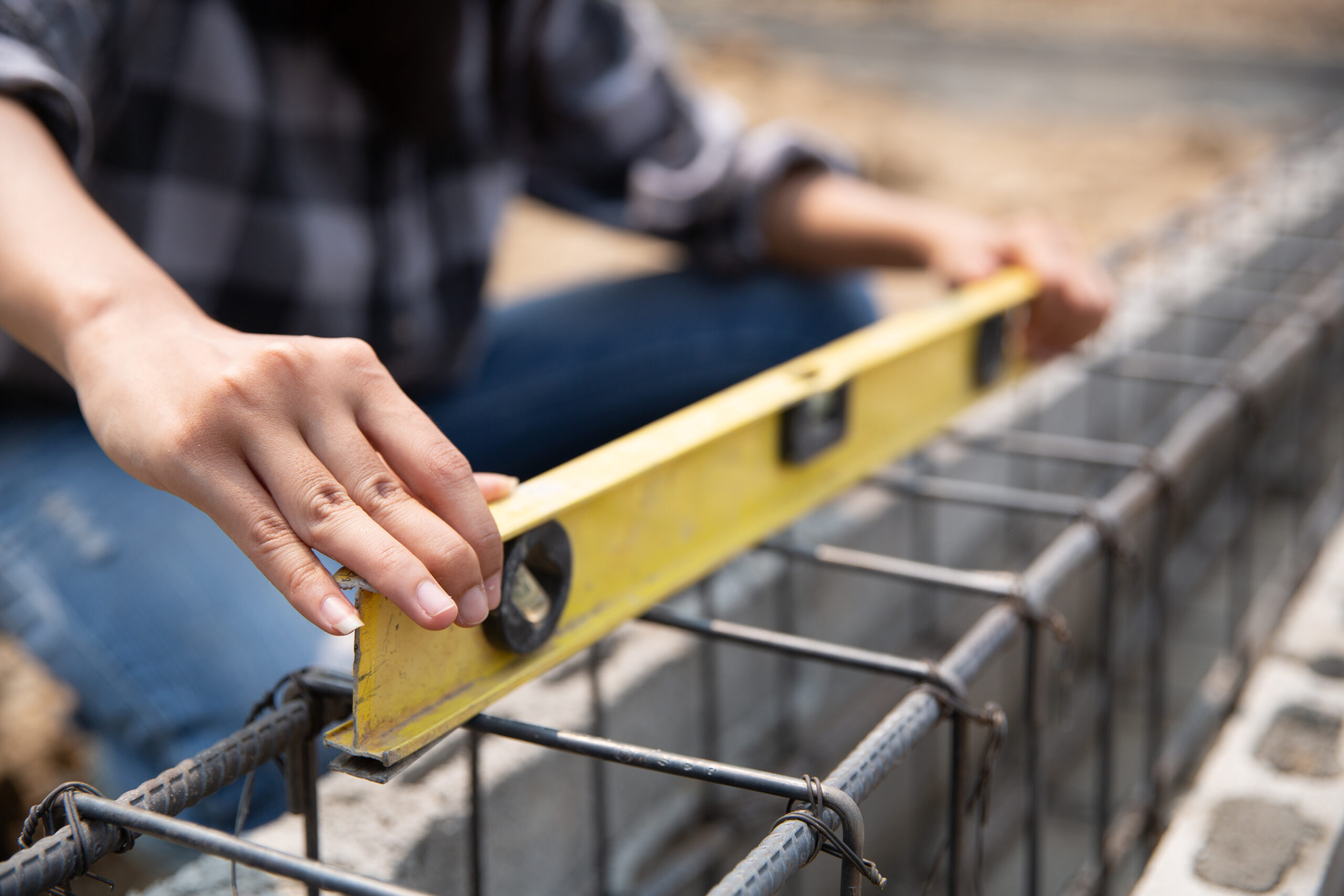Ever heard of mudjacking basement floors?
Is your basement floor developing an unwanted wave or is your garage floor turning into a bumpy obstacle course? Uneven concrete can be an eyesore, a tripping hazard, and even a sign of underlying foundation problems. But before you resign yourself to a major demolition project, there’s a solution called mudjacking that can save the day (and your wallet).
The Problem with Uneven Basement and Garage Floors
Concrete is a tough material, but over time, it can settle due to various factors. Poor soil compaction, changes in moisture levels, and even everyday wear and tear can cause voids to form beneath the concrete slab. The same concrete slabs that are beneath your basement floors. These voids create uneven surfaces, cracks, and dips in your basement or garage floor.
Uneven floors are more than just a cosmetic issue. They can:
- Increase the risk of tripping and falls: A trip over a raised section of concrete can lead to serious injuries.
- Make it difficult to store items: Uneven surfaces can make it challenging to keep furniture, tools, or appliances level and stable.
- Cause drainage problems: Pooled water in basements can lead to mold growth and water damage.
- Signal foundation issues: In severe cases, uneven floors might indicate underlying foundation problems that require further attention.
Mudjacking to the Rescue: A Non-Invasive Solution
Mudjacking, also known as slabjacking, offers a cost-effective and efficient way to address these problems. It’s a minimally invasive procedure that lifts and stabilizes sunken concrete slabs.
Here’s how mudjacking works:
- Drilling Small Holes: Small holes are strategically drilled through the concrete slab to access the voids underneath.
- Pumping in the Slurry: A specialized mudjacking material, typically a mixture of cement, sand, and sometimes polyurethane foam, is mixed into a slurry. This slurry is then pumped under pressure through the drilled holes, filling the voids beneath the concrete.
- Lifting and Leveling: As the slurry fills the voids, it expands and lifts the concrete slab back to its original level. The leveling process is carefully monitored to ensure a uniform and stable outcome.
- Sealing the Holes: Once the concrete is leveled and the slurry cures, the access holes are filled with a patching material to create a smooth, finished surface.
Benefits of Mudjacking for Basements and Garages
Mudjacking basement floors offer several advantages over traditional concrete replacement for uneven basement and garage floors:
- Cost-Effective: Mudjacking is significantly less expensive than completely removing and replacing the concrete.
- Fast and Efficient: The process can be completed in a single day, minimizing disruption to your daily routine.
- Minimal Mess: Compared to demolition and replacement, mudjacking creates minimal mess and dust.
- Environmentally Friendly: Mudjacking uses less material and avoids the need to dispose of large quantities of concrete debris.
- Strength and Stability: The injected slurry helps stabilize the foundation and creates a strong, durable base for your basement or garage floor.
- Long-lasting Results: With proper installation, mudjacking repairs can last for many years.
Mudjacking vs. Concrete Replacement: When to Choose Which
While mudjacking is a great solution for many uneven floors, concrete replacement might be necessary in some situations. Here’s a quick guide to help you decide:
- Mudjacking is a good option for:
- Uneven floors with moderate settlement (up to a few inches).
- Floors with good underlying support and no major cracks.
- Situations where minimizing disruption and cost is a priority.
- Concrete replacement might be necessary for:
- Severely cracked or damaged concrete.
- Floors with extensive settlement (beyond a few inches).
- Situations where the underlying soil needs significant repair.
Finding a Qualified Mudjacking Contractor
For successful mudjacking, hiring a qualified contractor with experience in basement and garage floor repairs is crucial. Here are some tips for finding the right professional:
- Get recommendations: Ask friends, neighbors, or local contractors for recommendations.
- Check credentials: Ensure the contractor is licensed and insured.
- Ask for references: Contact past clients and ask about their experience.
- Get multiple quotes: Compare prices and the scope of work offered by different contractors.
Conclusion
Mudjacking can be a lifesaver for uneven basement and garage floors. It’s a cost-effective, fast, and minimally invasive way to restore stability, create a smooth surface, and potentially address underlying foundation concerns. By understanding the process and its benefits, you can make an informed decision and get your basement or garage floor back in top shape. You never know how easy life can get from mudjacking basement floors and the garage.

